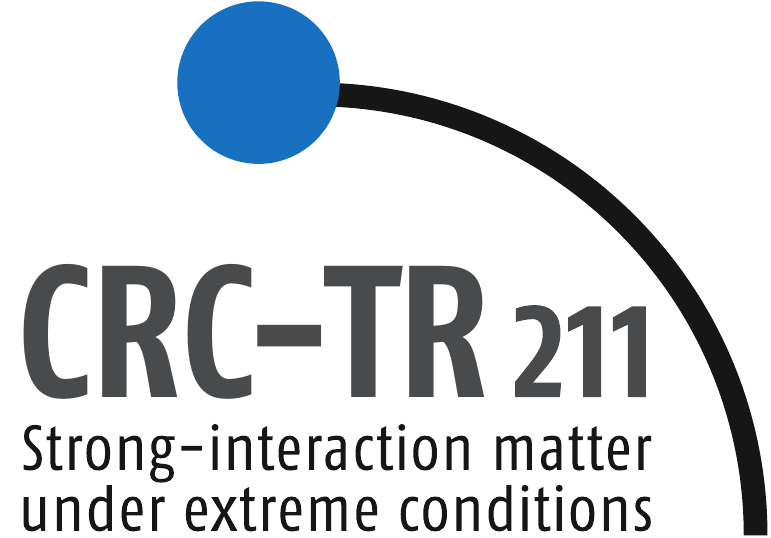
 Nuclear Theory Colloquium
Nuclear Theory Colloquium

 Nuclear Theory Colloquium
Nuclear Theory Colloquium
Venue: Physics Building, Max-von-Laue-Str. 1, Seminar Room PHYS 2.116
Time: Thursday, December 13, 4:30pm (s.t.)
Contact: hees@th.physik.uni-frankfurt.de
The high collision energies reached at the Large Hadron Collider (LHC) lead to significant production of light (anti-)(hyper-)nuclei in proton-proton (pp), proton-lead (p-Pb) and lead-lead (Pb-Pb) collisions.
The excellent particle identification (PID) capabilities of the ALICE detector are exploited to identify rarely produced particles such as deuterons, 3H, 3He, 4He and their antiparticles, in addition to light hadrons. PID is performed by measuring the specific energy loss in the Time Projection Chamber (TPC) and the particle velocity with the Time-Of-Flight (TOF) detector.
In addition, the high-resolution vertexing provided by the Inner Tracking System (ITS) allows for the separation of primary and secondary vertices.
The precise secondary vertex reconstruction allows one to study the (anti-) $_{\Lambda}^{3}\text{H}$ production via its mesonic weak decay channel.
In this seminar the results on the production of light (anti-)(hyper-)nuclei will be presented, together with a detailed review on the results of the hypertriton lifetime.
The experimental results will be compared with the prediction of thermal (statistical) and coalescence models.